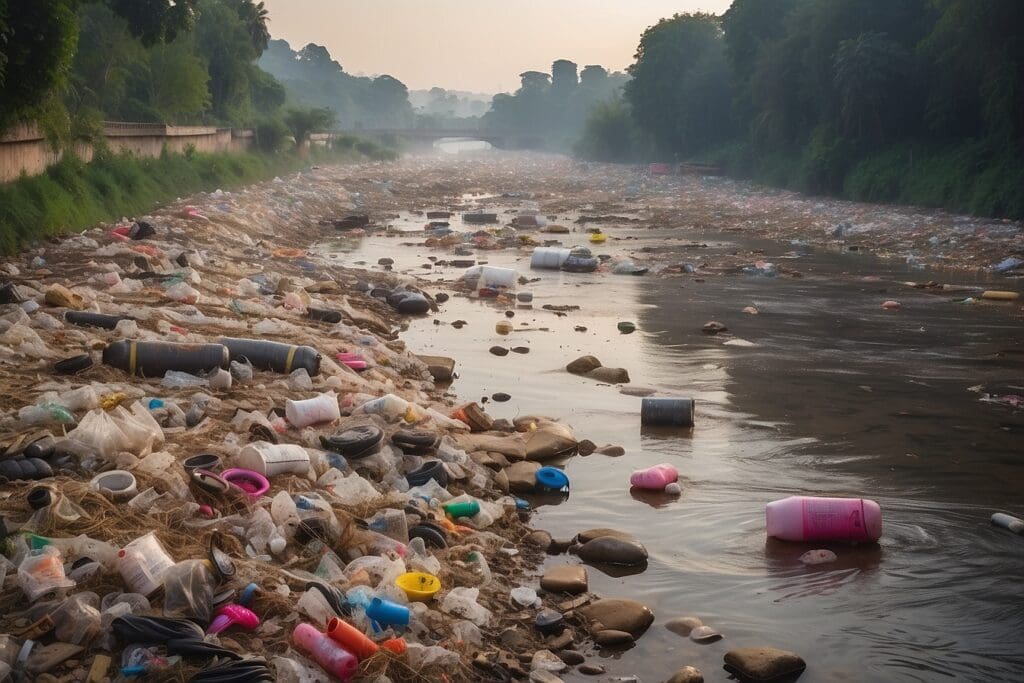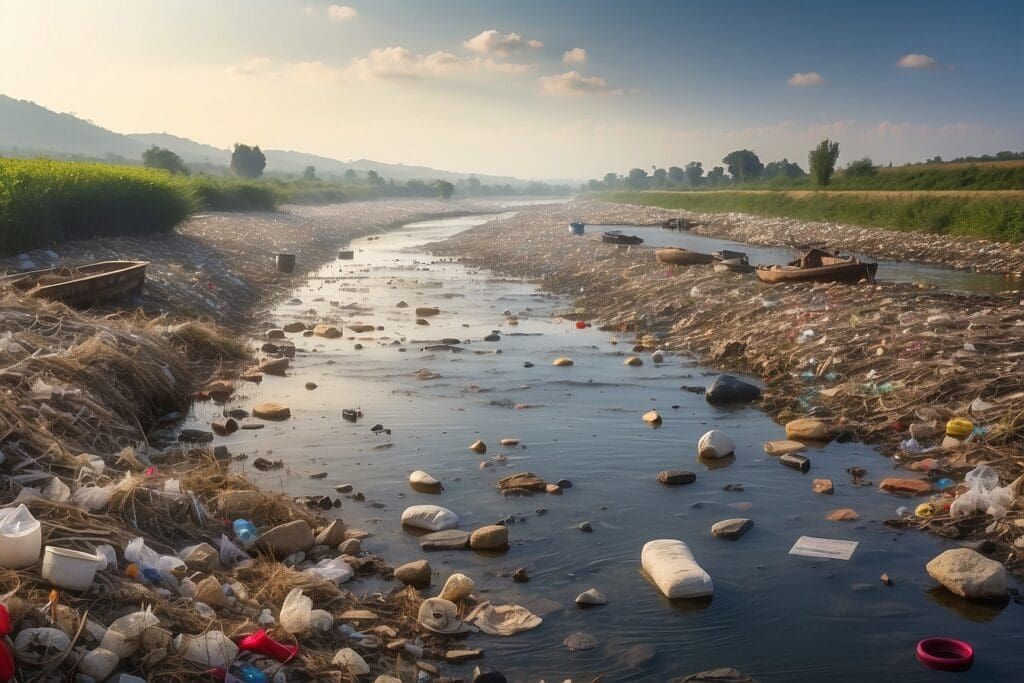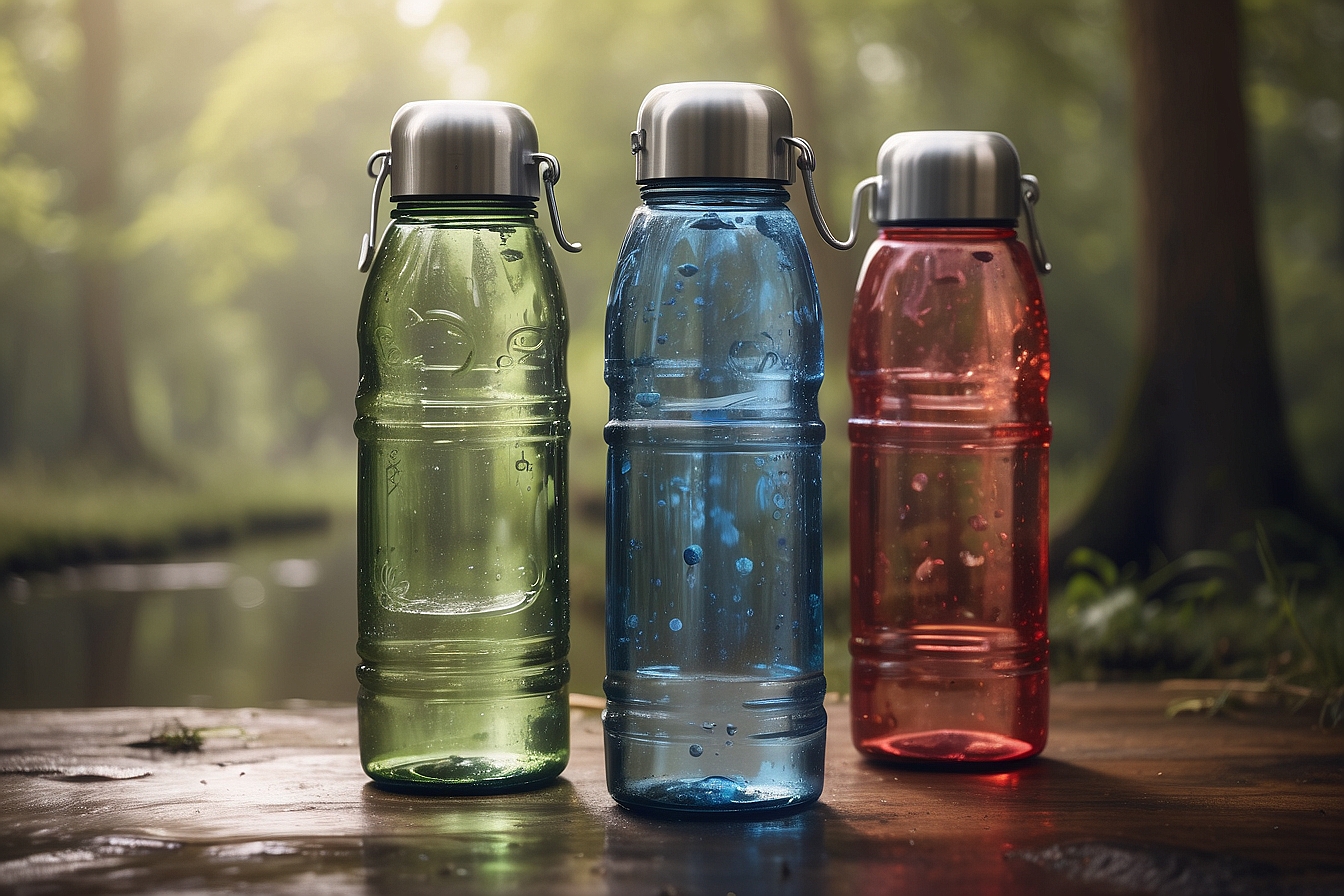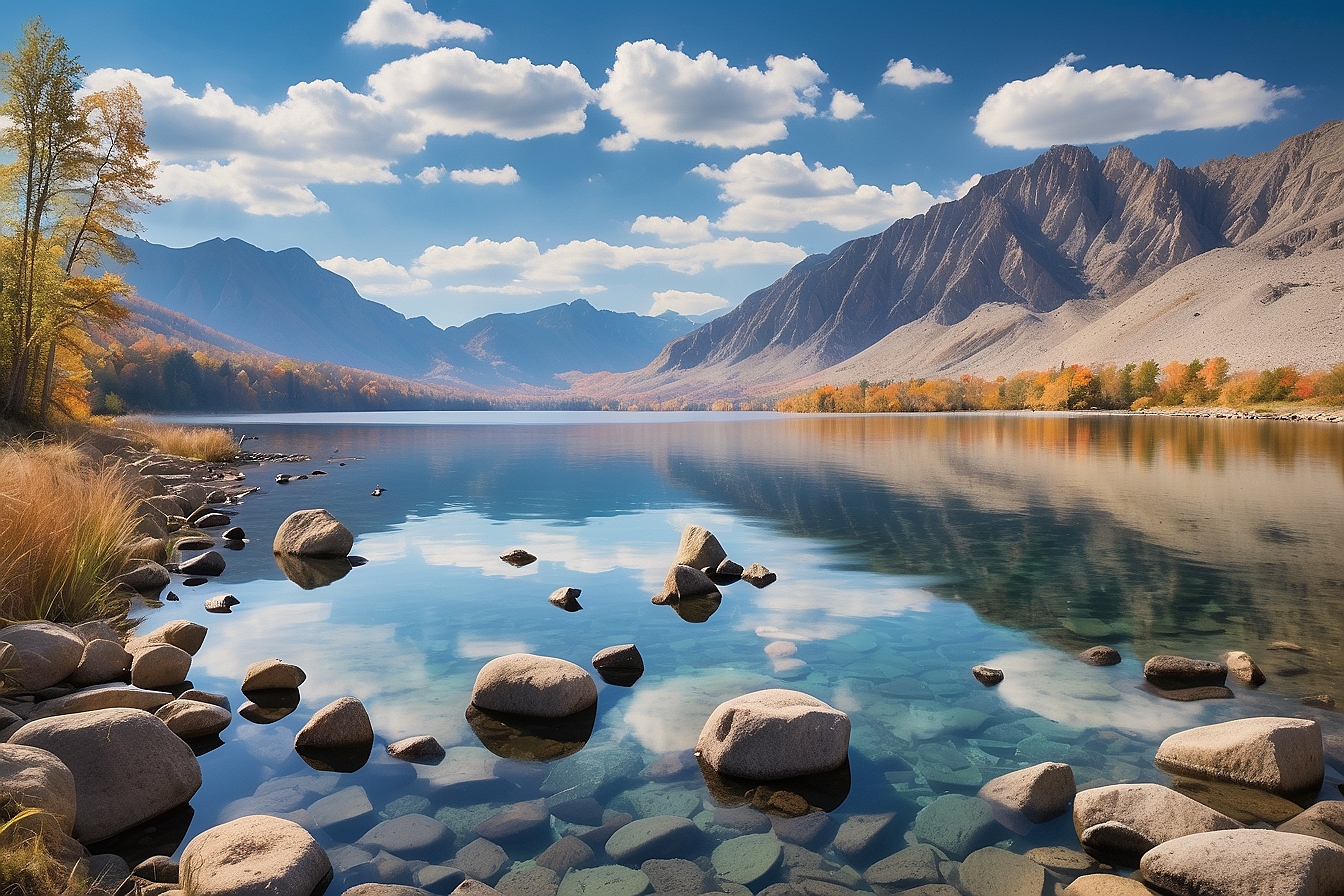The Swim for Clean Water… Located in the Pacific Northwest, the Columbia River is an intensely cold glacial water source with a lot of history, much of which has been drowned by industrial and hydropower damage. The documentary written, directed and produced by Andy Norris, called Source to Sea: The Columbia River Swim, deals with a variety of environmental cultural issues concerning the Columbia River.1 In the film, activist Christopher Swain decides to swim the entire 1,243-mile Columbia River from its source in Canada, through Oregon and ending in its outlet in Washington at the Pacific Ocean. During this swim, Swain’s main purpose was to put the polluted river in the public eye.

Through this swim, Swain hopes to raise awareness, to help the Columbia River become more “swimmable and drinkable for future generations.” In Source to Sea: The Columbia River Swim, Director Andy Norris focuses on Mr. Swain’s treacherous journey through the Columbia River, as well as the cultures and environment affected by the dams, and pollution to the river throughout history.
The Daily Routine of Christopher Swain: Swimming the entire Columbia River was not an easy task. Swain swam for about six months and due to lack of funding, the team had to stop and raise some more cash to continue the trip. He finally was able to finish his journey after about 13 months. Every day, Swain would get up in the morning, put on his wetsuit, and hop into the 39 degree water and swim for about 15 minute sessions. Between these short swims, Swain would have to get out and drink hot tea in a warm boat. He would continue this process until lunch, where he would warm up for an hour or two and eat comfort foods like grilled cheeses. On average, Swain would swim about eight miles per day.
Native American Culture Along the Columbia River: For hundreds of years, The Columbia River was a Mecca for Salmon fishing. Many Native American Tribes’ culture was based on this cultivation of salmon. The Noise Water People near the Washington-Canada border exude a strong passion for the River because it offered life, culture and most importantly, food. Before the Coulee Dam was built, each member of this tribe ate over a pound of fish per day. After construction, Salmon were not able pass through to the Noise Water People and their culture was virtually ruined—drug addiction, suicide, and fatal car accidents reached their highest levels since the beginning of the tribe’s existence.
Cielo Falls was another part of the Columbia River destroyed by dams. Before Cielo falls was flooded by over-damming, it was the gathering place for 14 Native American tribes. At the falls, people fished, attended festivals, and trade shows; it was the meeting point to socialize and conduct business. Once the area was drowned, 14 tribes were irrevocably changed.
The State of the Environment of the Columbian River: Because the river is heavily dammed, salmon cannot swim up the river’s source. When salmon travel up the river, they bring nutrients to the area and offer food to other animals. Also, when a river is dammed it creates slow moving, warm water lakes—conditions salmon have trouble surviving in.
Towards the end of his journey, Swain entered the nearly 50-mile stretch of river called Hanford. The Hanford area contains some of the most contaminated chunks of land in the Western Hemisphere. The water is full of pollutants rendered from power plants and polluting factories in Canada, near the source of the Columbia River. On the contrary, the waters of Hanford are also some of the freest flowing, bio-diverse areas of the river.
Hope for a Clean River: Christopher Swain’s efforts put the polluted Columbia River and its treacherous history in the public eye. He started a discussion about how the destruction of the river has harmed cultures, the native people, and the environment. However, Swain and his crew still have hopes for the river. Swain comments on his dream for a clean Columbia River: “If we can put a man on the moon, we can have clean drinkable water in our rivers and prevent salmon from entering extinction.” Swain will continue to educate the people of the Pacific Northwest and fight for a cleaner river.
You don’t have to swim a 1243-mile long river to make a difference. The easiest and most straightforward way to do this is to go down to the river nearby and pickup trash with your friends. Want to help on a higher level? Fundraise for a non-profit dedicated to saving your favorite body of water. If an organization does not exist for the local river or lake you want to save, you can start a non-profit with other concerned activists.





